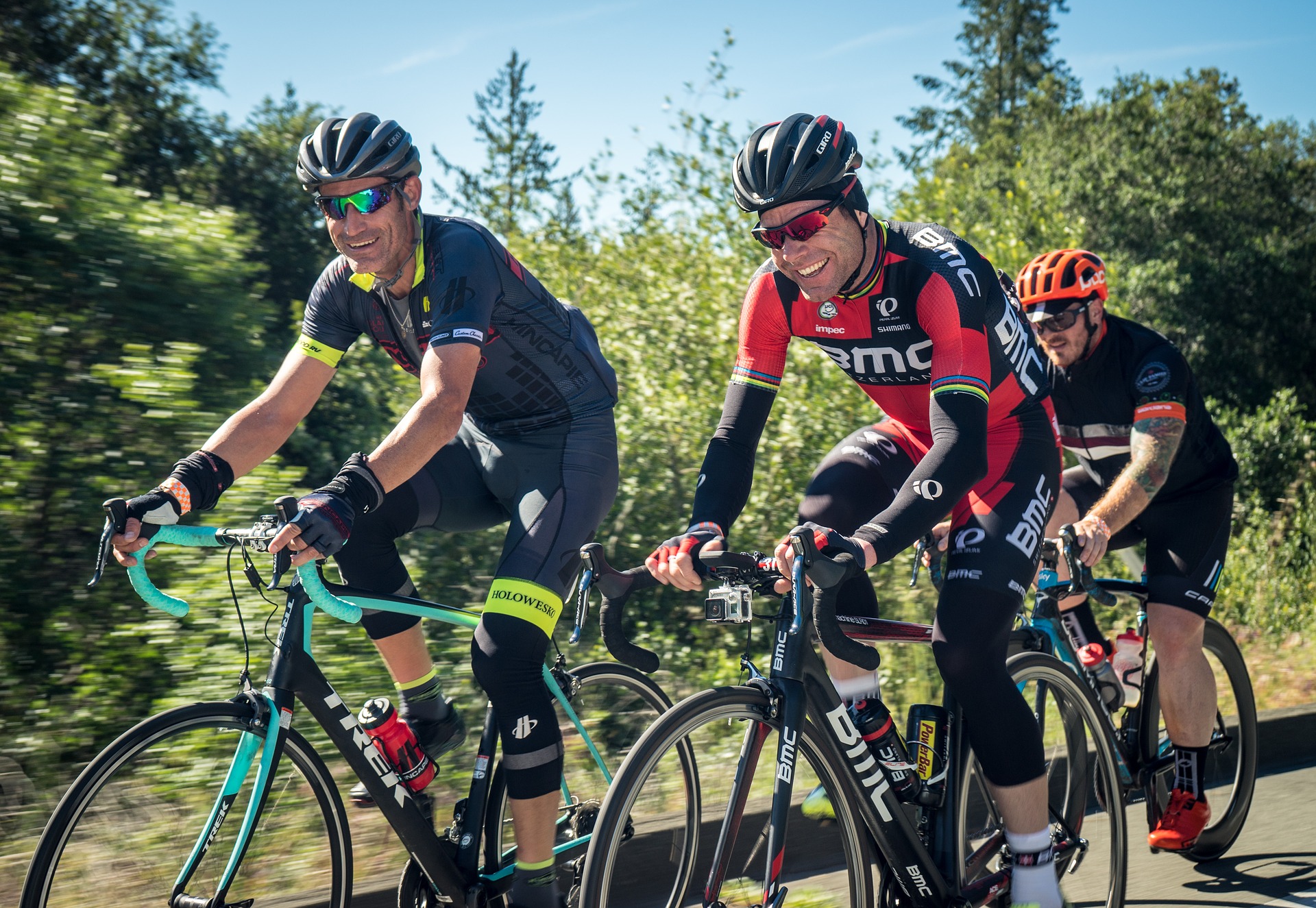"Expert NDIS physiotherapy, right at your doorstep."
Welcome to Physiotherapies!
Welcome to Physiotherapies!

With the summer sun shining brightly, cycling becomes a favorite activity for many. However, it’s not uncommon for cyclists to experience injuries. As a physiotherapist (and a runner, not a cyclist!), my expertise lies in understanding the anatomy and movement dysfunctions that contribute to these injuries. Here’s what you need to know.
Cycling injuries typically arise from a combination of factors such as:
Your body’s natural asymmetry meets the symmetrical mechanics of a bike, leading to overuse injuries if imbalances or misalignments exist. For example, limited hip flexibility can cause pelvic tilting, which affects the lower back, knees, and overall posture. A proper bike fit and musculoskeletal assessment are essential for injury prevention.
Ironically, cycling is often prescribed for knee rehabilitation, yet knee pain is the most common cycling injury.
Low back pain is the second most reported complaint among cyclists.
These issues often occur together and can be caused by pelvic misalignment or improper bike setup.
Foot pain or numbness is often due to ill-fitting shoes or improperly placed cleats.
Preventing cycling injuries involves proper preparation, technique, and recovery. Here’s how:
At Physiotherapies, we specialize in optimizing your body’s bio-mechanics and ensuring your bike setup supports injury-free cycling.
Book a bike assessment or physiotherapy consultation today to keep pedaling pain-free this summer!
